Life Between Islands: a tender portrayal of Caribbean-British identity
This is an ‘exhilarating’ and ‘thought-provoking’ Tate Britain exhibition
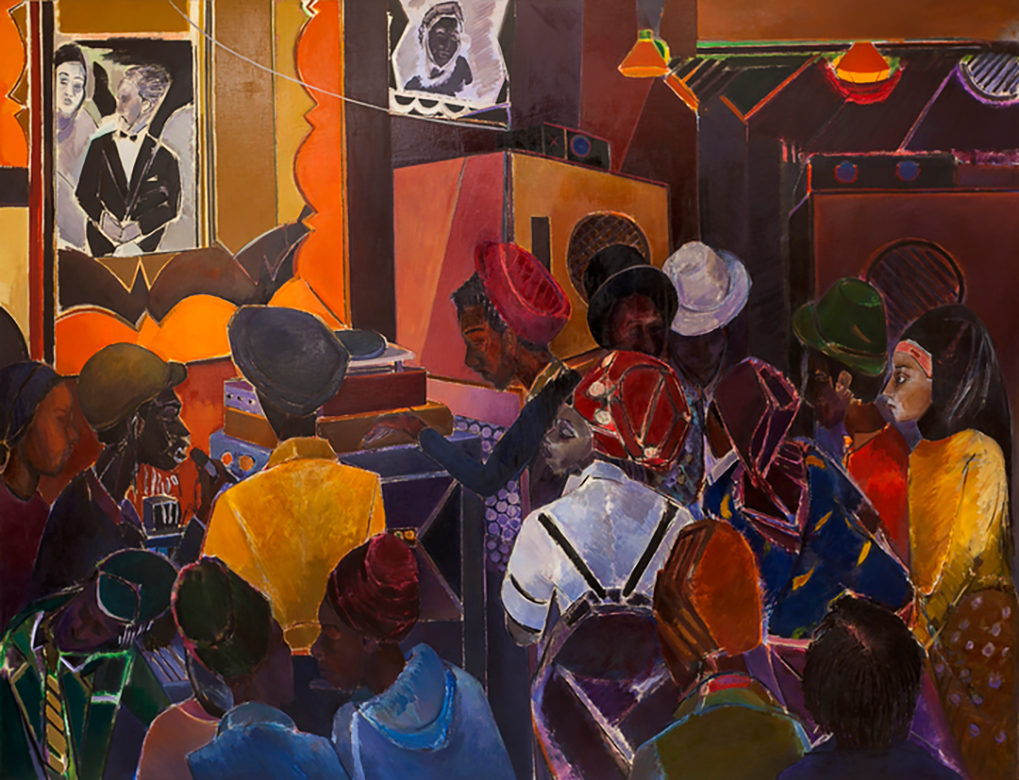
Tate Britain’s ambitious new survey of Caribbean-British art has a simple premise, said Alastair Sooke in The Daily Telegraph. While the Caribbean diaspora’s musical and literary contribution to British culture is rightly and “widely acknowledged”, the achievements of visual artists with ties to the region are not.
This “sensitive, level-headed and rhetoric-free” show is determined to provide a corrective. Bringing together work by 46 artists from four generations, it charts the course of Caribbean art in this country from the 1950s to the present day, and is by turns angry, defiant, joyful and tender.
The show covers a huge range of different styles and subject matter, taking in painting, photography, film, installation art and even fashion design to demonstrate the ways in which Caribbean-British artists have explored questions of identity, politics and everyday life – in the process doing much to change perceptions of art and culture in the UK. The result is a “serious, complex and difficult show, full of uncomfortable imagery”.
The Week
Escape your echo chamber. Get the facts behind the news, plus analysis from multiple perspectives.

Sign up for The Week's Free Newsletters
From our morning news briefing to a weekly Good News Newsletter, get the best of The Week delivered directly to your inbox.
From our morning news briefing to a weekly Good News Newsletter, get the best of The Week delivered directly to your inbox.
The show is “exhilarating, mighty, radical, tender, as disturbing as it is beautiful”, said Laura Cumming in The Observer. In its course, we see everything from portraits sketched on 1980s police stop-and-search reports to artist Michael McMillan’s recreation of a Caribbean-British front room, a work complete with “crocheted doilies and a velour map of Saint Vincent”.
Notting Hill features often, from 1960s pictures of black-white couples kissing while the carnival is in full swing to Tam Joseph’s “stark painting of black helmets and riot shields closing in on a single costumed man”. Frank Bowling’s Who’s Afraid of Barney Newman (1968), sends up abstract expressionism with green, yellow and red African-Caribbean stripes. Much more recently, Njideka Akunyili Crosby’s Remain, Thriving depicts a British-Caribbean family gathered in front of a TV showing breaking news of the 2018 Windrush scandal.
If the exhibition makes one thing clear, it’s that artists of Afro-Caribbean descent in Britain have not had an easy time, said Mark Hudson in The Independent. For the most part, we learn, the attitude of both the art world and society at large has been one of “overwhelming indifference”, if not “outright hostility”.
Neil Kenlock’s photographs of Black Power activists evoke horrific episodes of 1970s police brutality and racism; Donald Locke’s sculpture Trophies of Empire (1972-74), meanwhile, consists of a cabinet filled with rows of “phallic” lead forms representing bullets. Uneasiest of all is Keith Piper’s Go West Young Man, a “punkish” 1987 photo-collage which furiously invokes “the Atlantic slave trade, racist lynchings, bodybuilding and British tabloid newspapers”.
A free daily email with the biggest news stories of the day – and the best features from TheWeek.com
Nevertheless, there’s no shortage of uplifting art here, from Denzil Forrester’s Jah Shaka (1983), a painting which glorifies the eponymous reggae sound system with “near-religious reverence”, to a “choice” selection of works by Hurvin Anderson, arguably “the most significant painter working in Britain today”. The veteran Birmingham photographer Vanley Burke also brings “a tremendous warmth” to his images of life in Handsworth.
The variety, subtlety and compassion of these diverse bodies of work is characteristic of this “joyous, thought-provoking” show. It’s “an absolute must-see exhibition”.
Tate Britain, London SW1 (020-7887 8888, tate.org.uk). Until 3 April
-
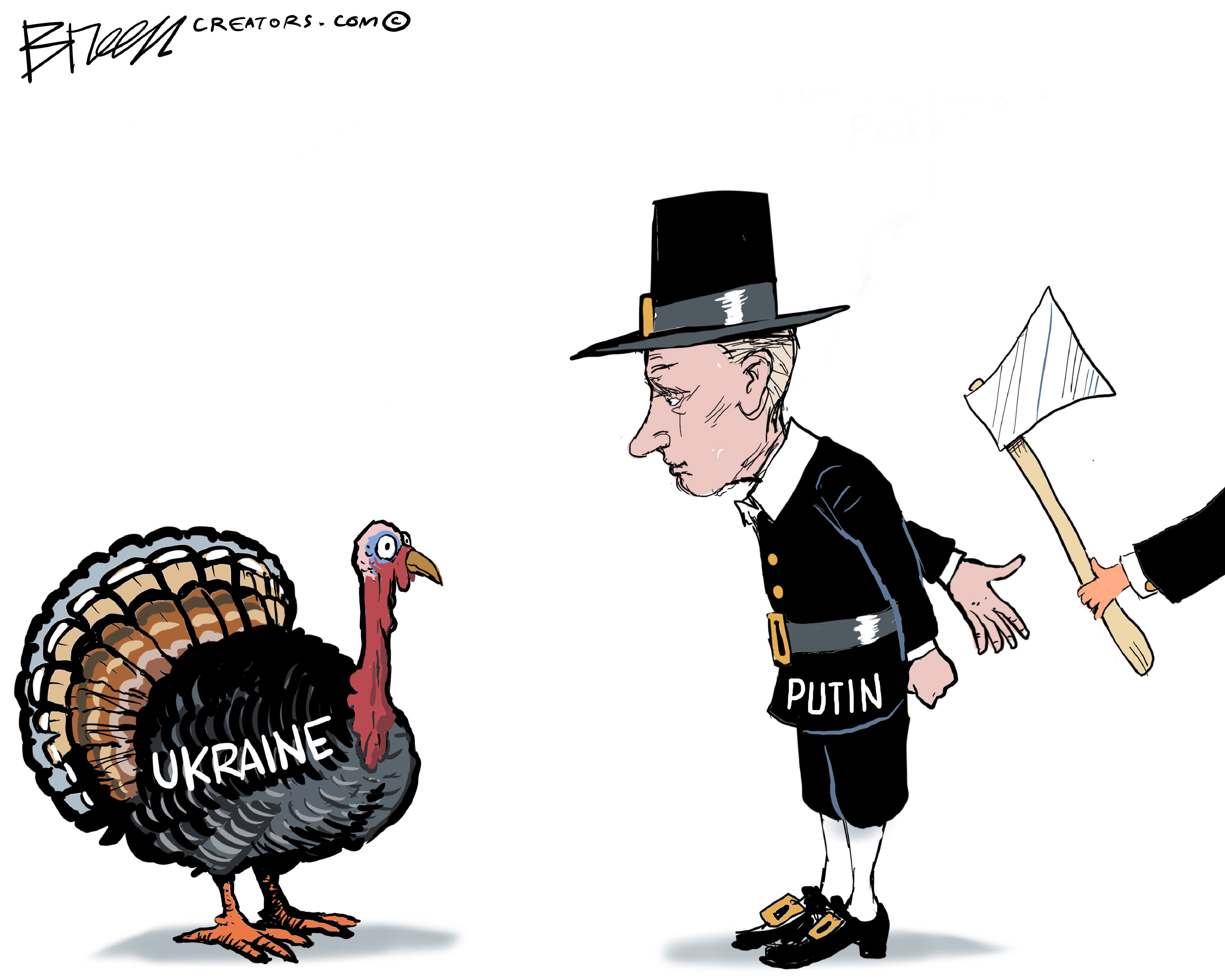 5 critical cartoons about the proposed Russia-Ukraine peace deal
5 critical cartoons about the proposed Russia-Ukraine peace dealCartoons Artists take on talking turkey, Putin's puppet, and more
-
 Could Trump run for a third term?
Could Trump run for a third term?The Explainer Constitutional amendment limits US presidents to two terms, but Trump diehards claim there is a loophole
-
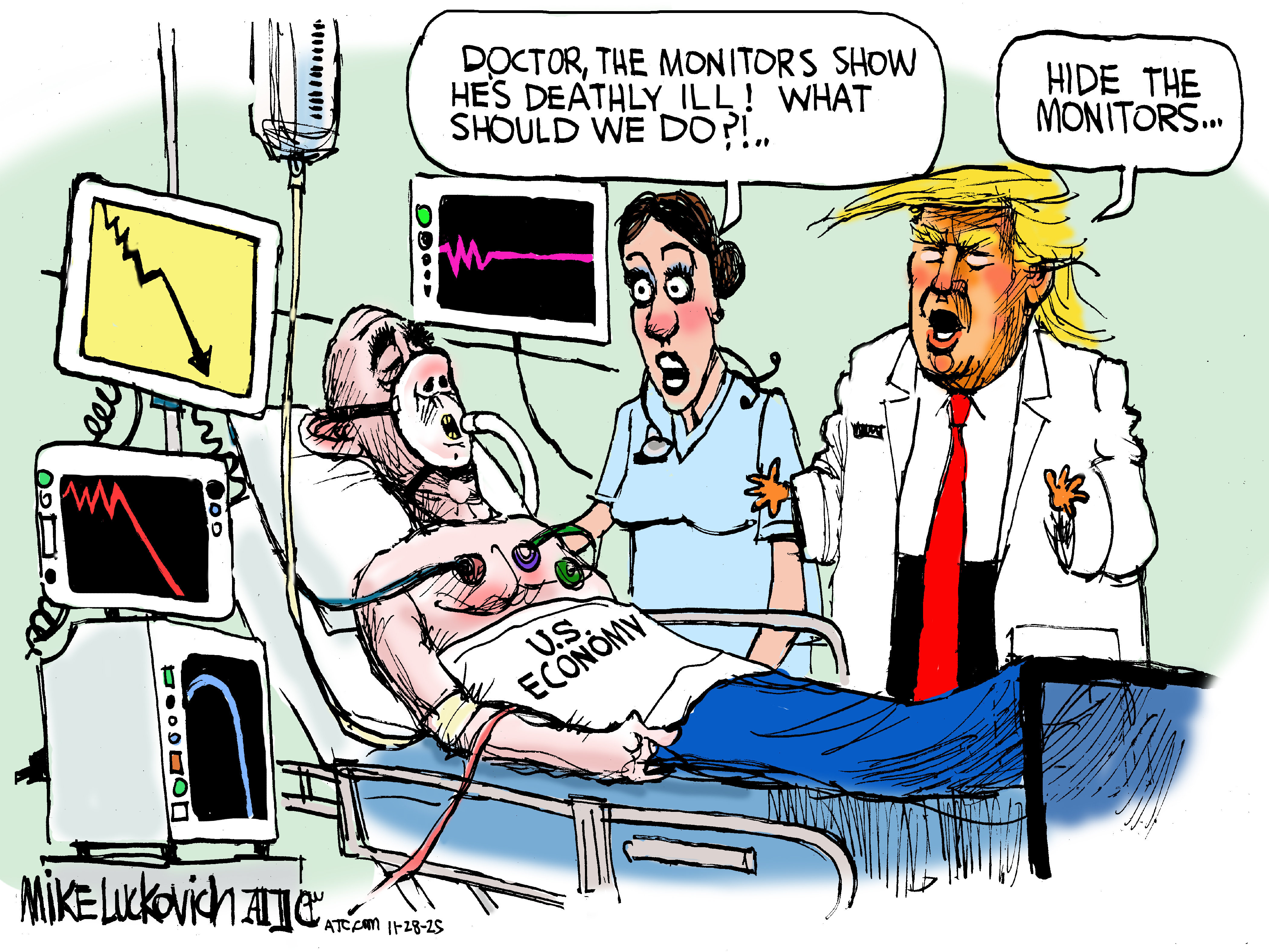 Political cartoons for November 28
Political cartoons for November 28Cartoons Friday's political cartoons include economic diagnosis, climate distractions, and more
-
 We Did OK, Kid: Anthony Hopkins’ candid memoir is a ‘page-turner’
We Did OK, Kid: Anthony Hopkins’ candid memoir is a ‘page-turner’The Week Recommends The 87-year-old recounts his journey from ‘hopeless’ student to Oscar-winning actor
-
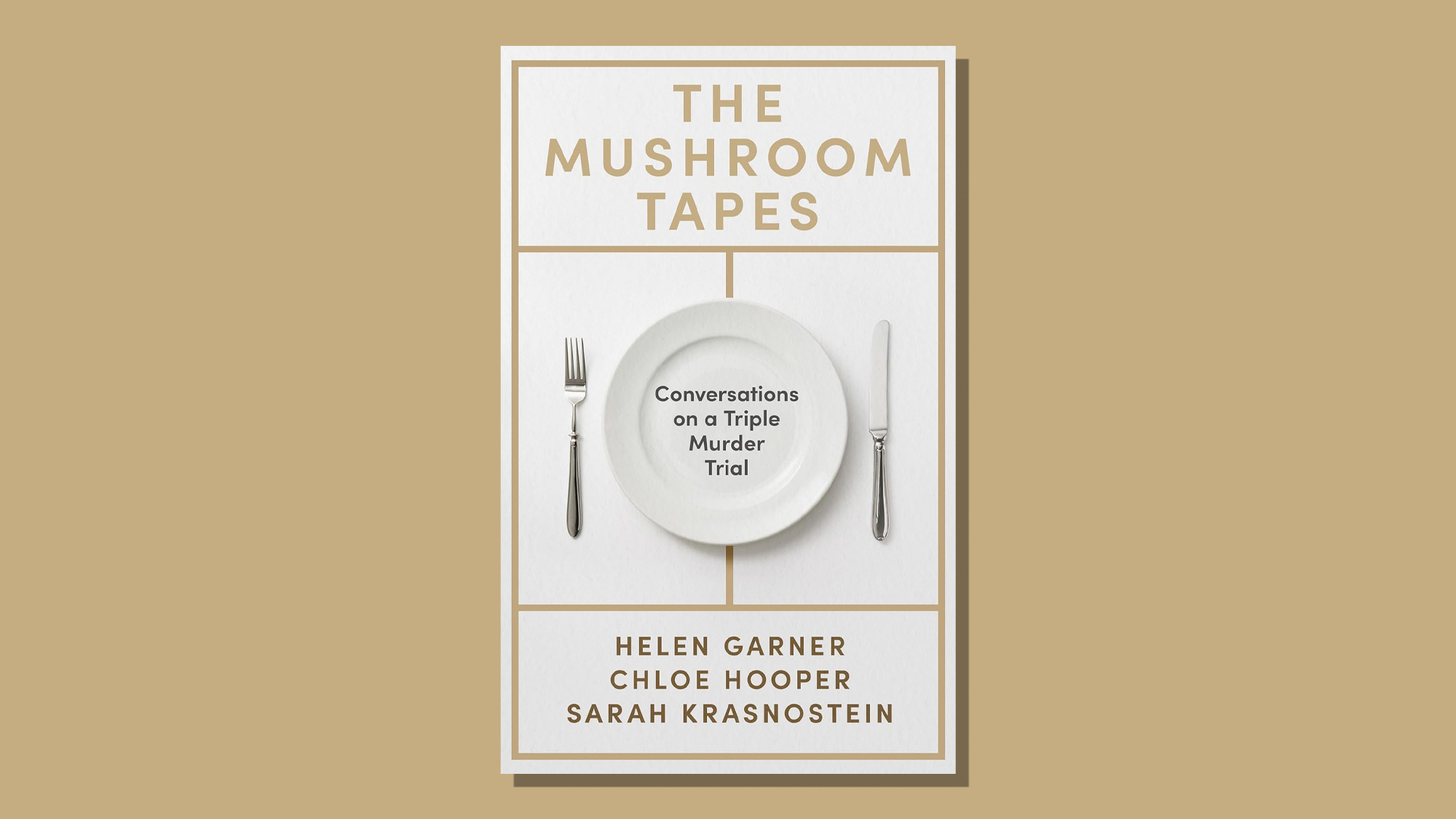 The Mushroom Tapes: a compelling deep dive into the trial that gripped Australia
The Mushroom Tapes: a compelling deep dive into the trial that gripped AustraliaThe Week Recommends Acclaimed authors team up for a ‘sensitive and insightful’ examination of what led a seemingly ordinary woman to poison four people
-
 ‘Chess’
‘Chess’feature Imperial Theatre, New York City
-
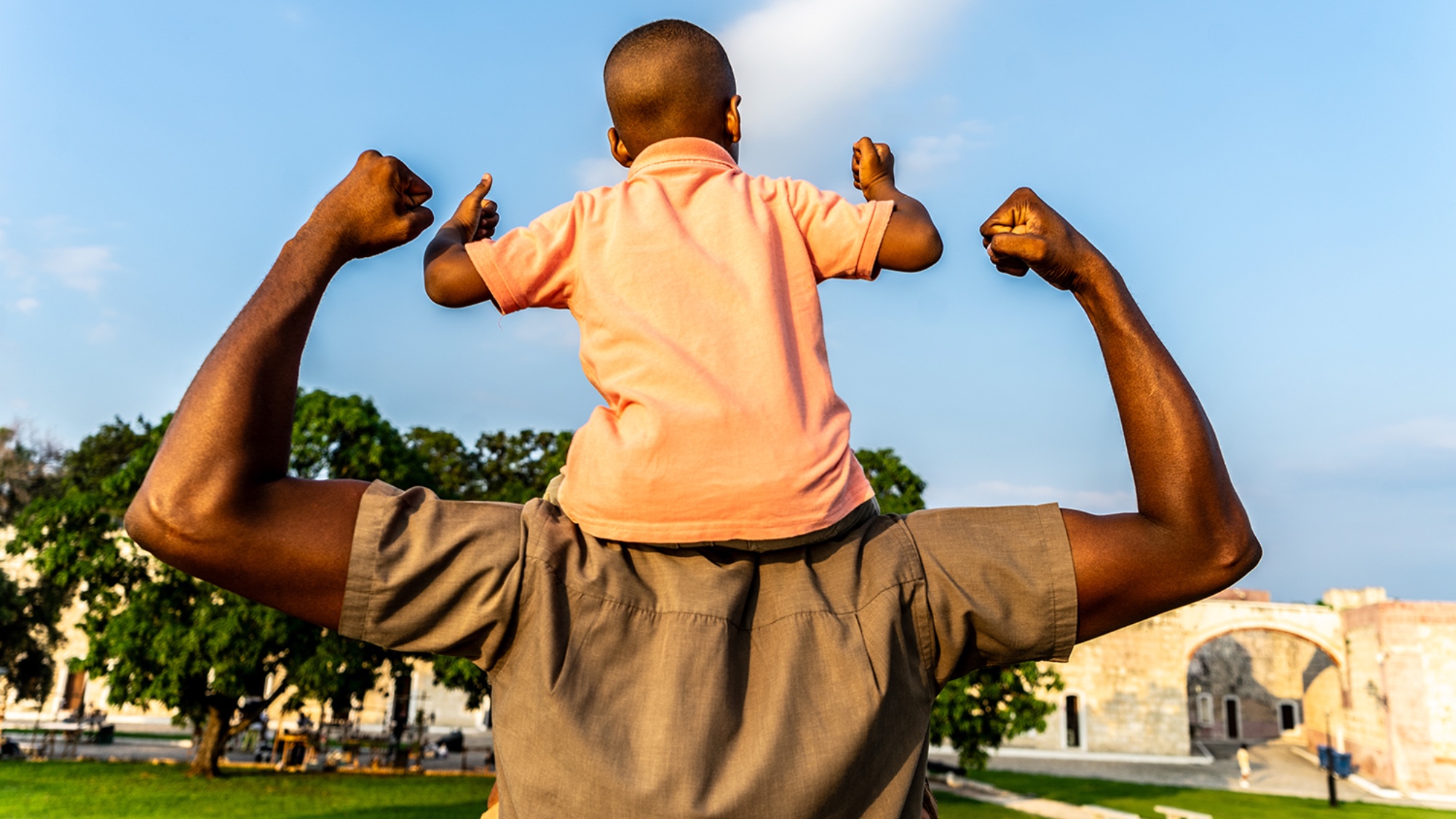 ‘Notes on Being a Man’ by Scott Galloway and ‘Bread of Angels: A Memoir’ by Patti Smith
‘Notes on Being a Man’ by Scott Galloway and ‘Bread of Angels: A Memoir’ by Patti Smithfeature A self-help guide for lonely young men and a new memoir from the godmother of punk
-
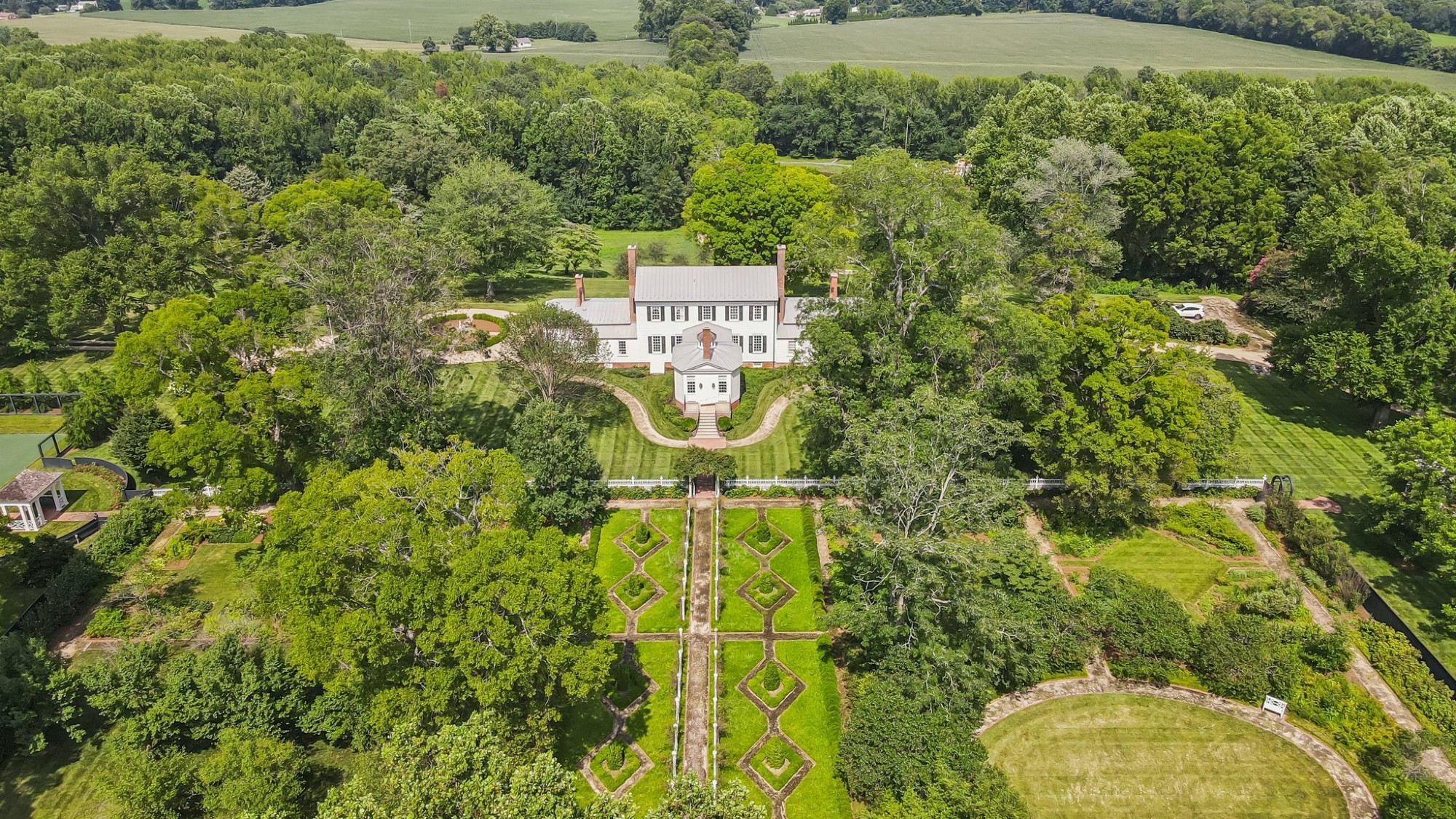 6 homes built in the 1700s
6 homes built in the 1700sFeature Featuring a restored Federal-style estate in Virginia and quaint farm in Connecticut
-
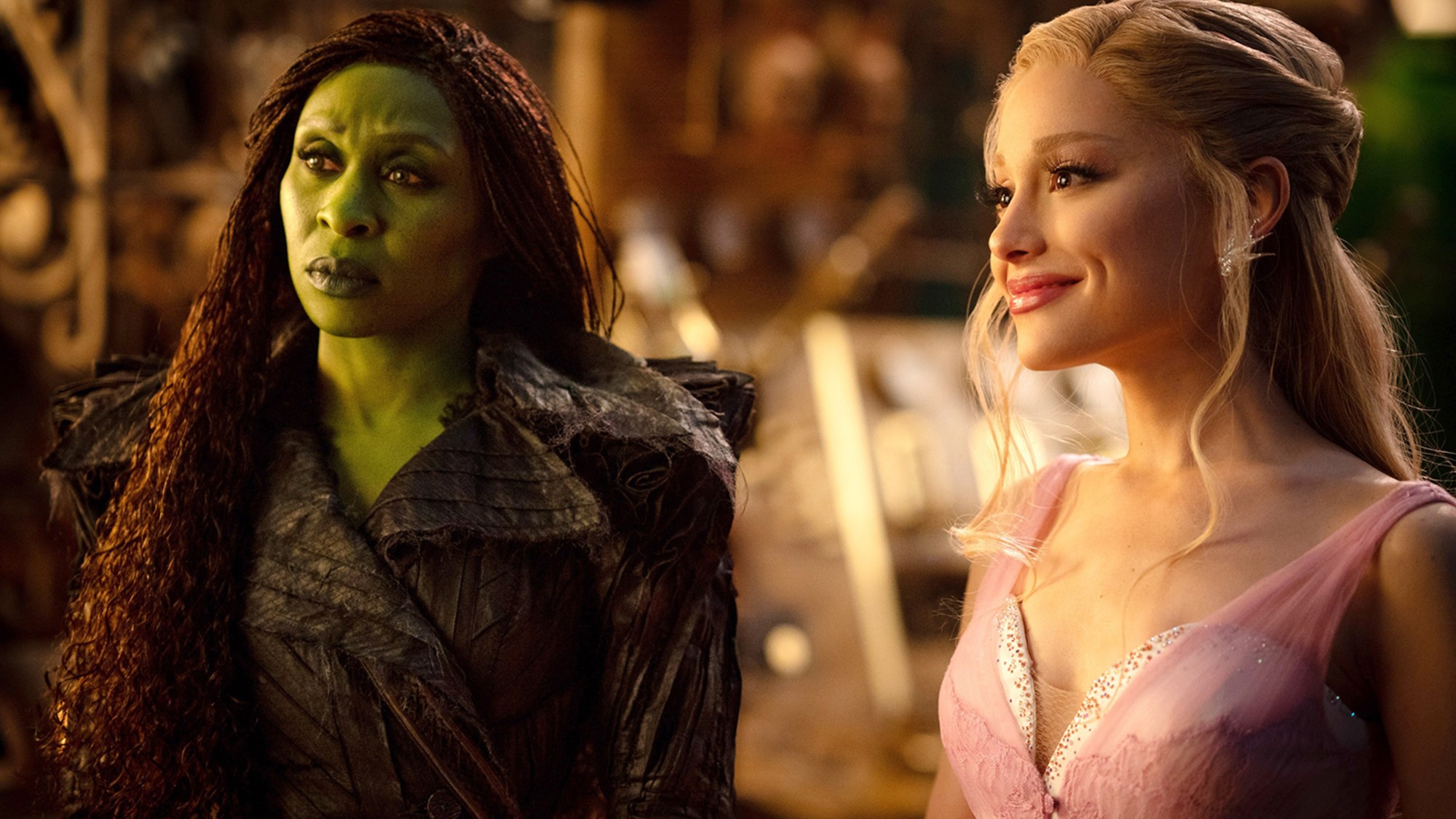 Film reviews: 'Wicked: For Good' and 'Rental Family'
Film reviews: 'Wicked: For Good' and 'Rental Family'Feature Glinda the Good is forced to choose sides and an actor takes work filling holes in strangers' lives
-
 Nick Clegg picks his favourite books
Nick Clegg picks his favourite booksThe Week Recommends The former deputy prime minister shares works by J.M. Coetzee, Marcel Theroux and Conrad Russell
-
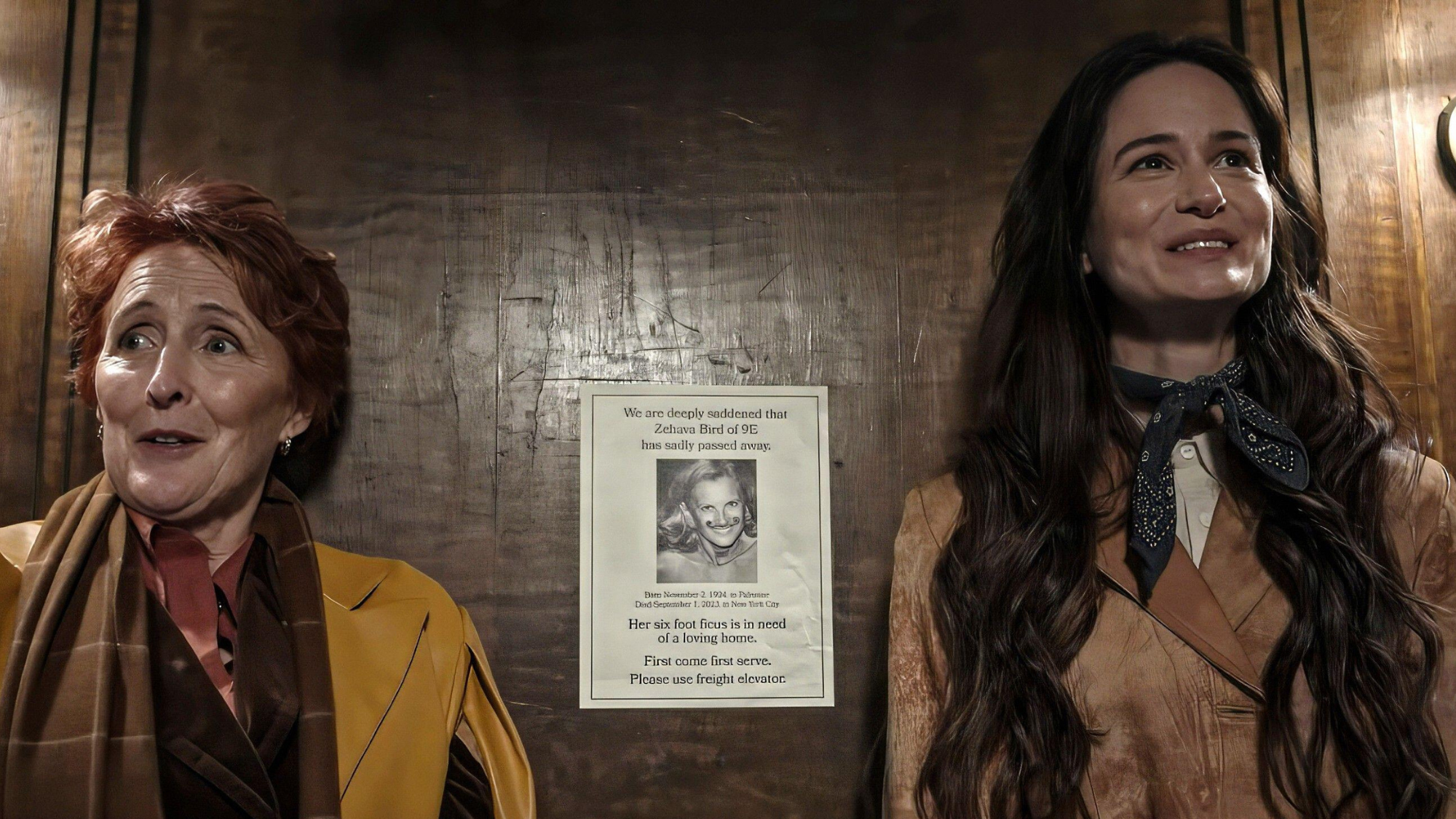 Park Avenue: New York family drama with a ‘staggeringly good’ cast
Park Avenue: New York family drama with a ‘staggeringly good’ castThe Week Recommends Fiona Shaw and Katherine Waterston have a ‘combative chemistry’ as a mother and daughter at a crossroads
